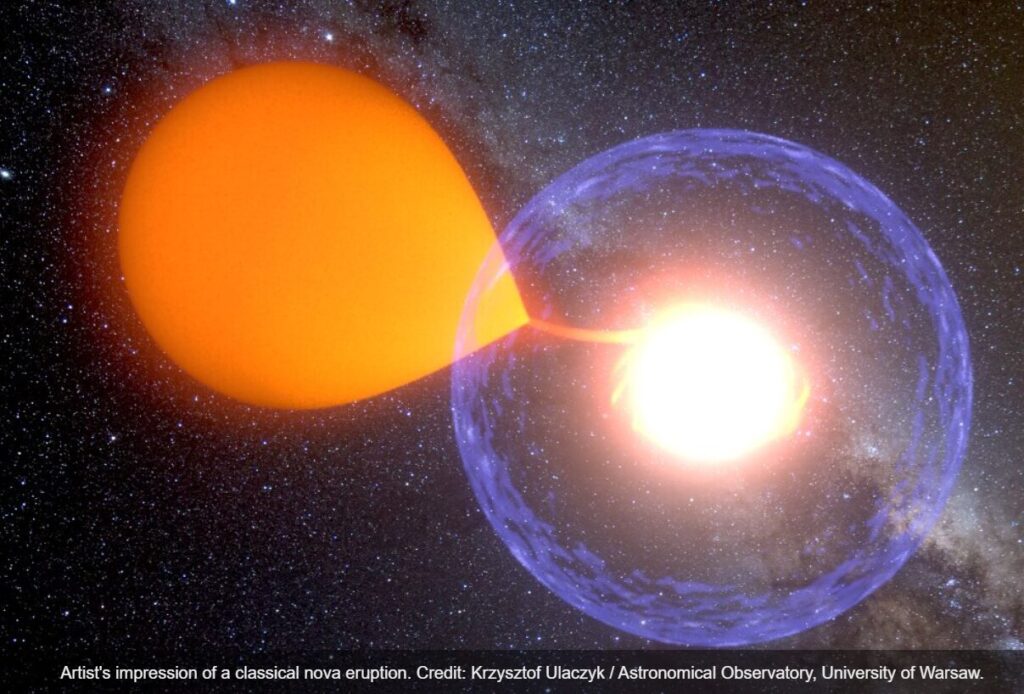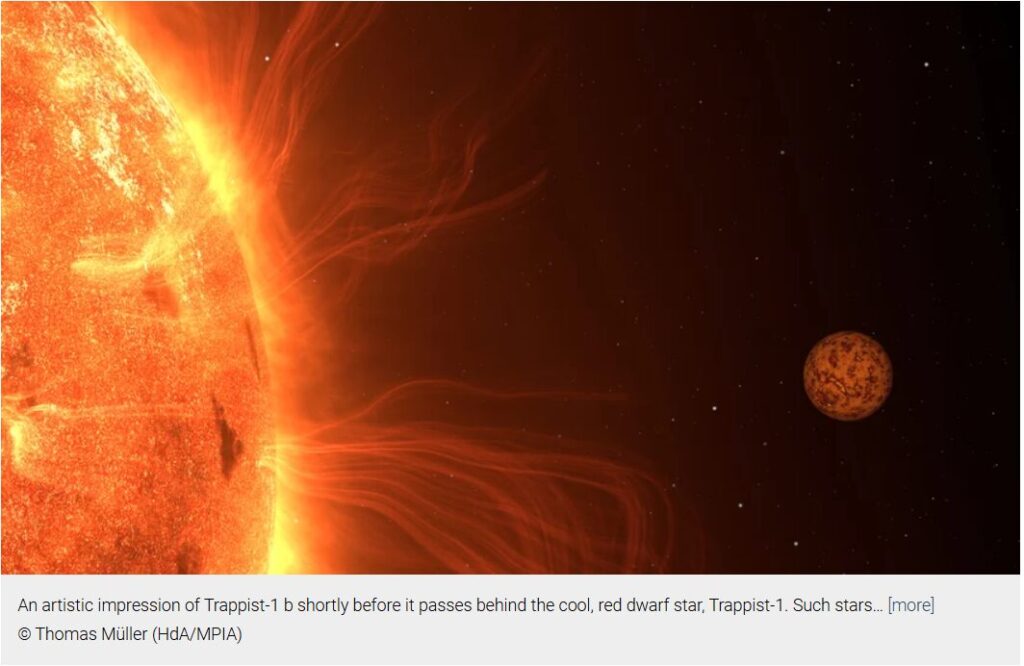
An international team of astronomers, led by researchers from the Astronomical Observatory of the University of Warsaw, have identified a new class of cosmic X-ray sources. The findings have been published in The Astrophysical Journal Letters.
Most people encounter X-rays during medical visits where they are used to create images of bones or diagnose lung conditions. These X-rays are generated using artificial sources.
However, not everyone knows that celestial objects can also emit X-ray radiation. “Some cosmic phenomena produce X-rays naturally,” explains Dr. Przemek Mróz, the lead author of the study. “For example, X-rays may be produced by a hot gas falling onto compact objects like white dwarfs, neutron stars, or black holes...
Read More








Recent Comments